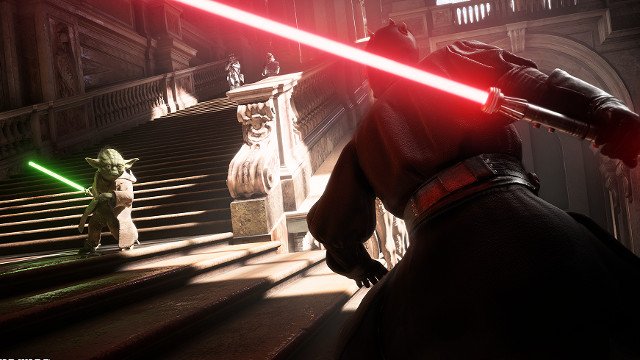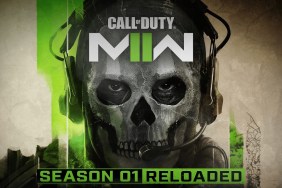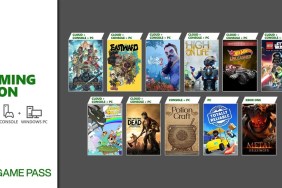Multiplayer games have always had a big central problem: how do they get people to keep playing? For some outliers, such as Dota 2 and Counter-Strike: Global Offensive, players will keep playing anyway. Sure there are cosmetic rewards in each of those games, which together make up the two most popular games on Steam by a huge margin, but these are mostly icing on the…

Atlas is an action-rpg with rogue-like elements where you use your ability to control the ground to fight the enemies and move through procedurally generated worlds.










